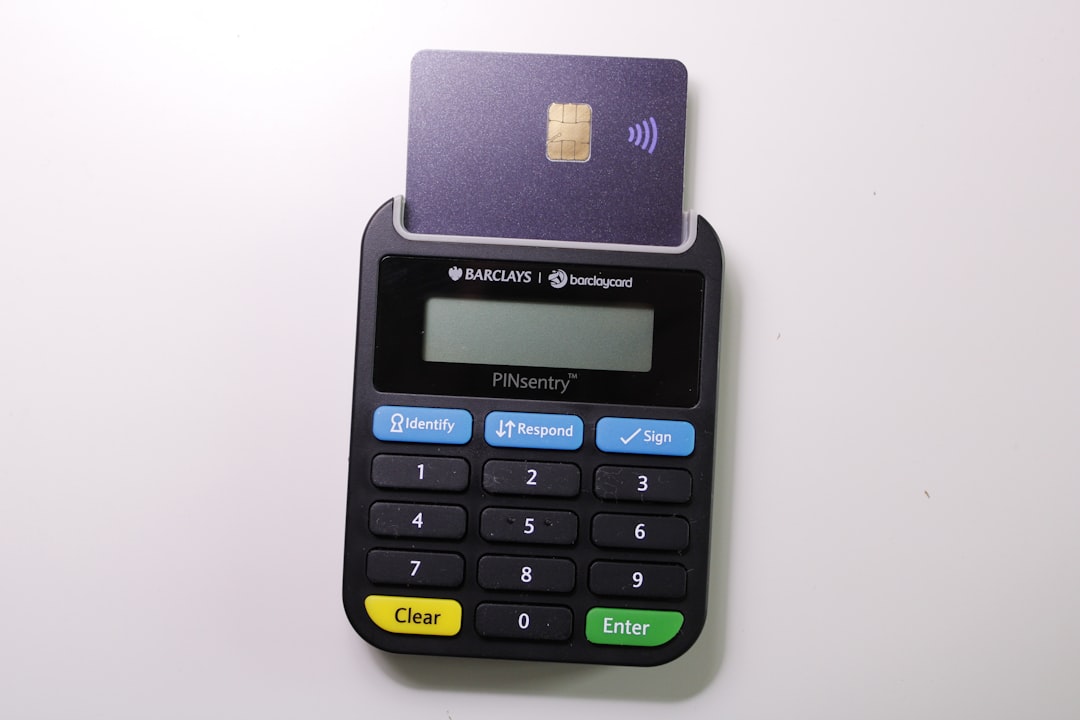In today’s fast-paced digital world, seamless and secure online transactions have become a cornerstone of customer satisfaction. Businesses that offer efficient, easy-to-navigate, and secure payment processing solutions not only foster trust but also improve overall user experience. As cyber threats and online fraud increase, ensuring transactional security while keeping the process user-friendly is no longer optional—it’s essential.
Understanding the Role of Secure Payment Processing
Payment processing refers to the series of operations involved in executing a financial transaction online. At its core, it acts as the bridge between the buyer’s bank account and the merchant’s bank account, transferring funds securely and efficiently. But it’s more than just a technical operation—it directly influences how users perceive a brand. A smooth and protected payment experience can reinforce a customer’s trust, while a glitchy or insecure one can drive them away instantly.
How Secure Payment Systems Enhance User Experience
Companies today need to strike a balance between security and convenience. Below are key ways in which secure payment processing improves the user experience:
- Instilling Trust and Confidence: Customers are increasingly aware of security risks. Displaying trust signals such as SSL certificates, PCI-compliant badges, and secure checkout messages builds immediate trust.
- Reducing Cart Abandonment: A lengthy or confusing payment process is one of the top reasons for cart abandonment. Secure gateways that integrate seamlessly into the checkout process make payments fast and headache-free.
- Offering Multiple Payment Options: Secure systems that support various payment methods, such as credit cards, e-wallets, and BNPL options, cater to more customers’ preferences, enhancing convenience.
- Fraud Detection and Prevention: Advanced fraud prevention tools—such as AI-based monitoring, two-factor authentication, and tokenization—safeguard user data and ensure peace of mind.

Essential Features of a Superior Payment Processing Solution
When selecting a payment processor, businesses should look for solutions that not only prioritize security but also elevate user experience. Key features include:
- Secure Payment Gateways: Choose gateways that use end-to-end encryption and are PCI DSS certified to ensure top-tier security during transactions.
- Mobile Optimization: With the rise of mobile shopping, ensure your payment solutions work flawlessly across all devices.
- Fast Checkout Processes: Autofill capabilities, saved payment methods, and guest checkout options expedite the process for returning and new users alike.
- Real-Time Transaction Monitoring: Systems with real-time alerts detect suspicious activity early, protecting both the user and the business.
- Integration Capabilities: Payment processors should seamlessly integrate with existing e-commerce platforms to reduce friction for developers and users.

Best Practices for Implementing Secure Payment Solutions
To maximize the benefits of secure payment processing for users, businesses should follow several strategic practices:
- Regularly Update Security Protocols: Make ongoing security updates a priority to guard against emerging threats.
- Provide Transparent Communication: Keep customers informed of how their data is handled and protected.
- Use Predictive Analytics: Employ tools that analyze customer behavior to streamline the payment process and prevent fraud.
- Educate Your Users: Provide guidance during checkout to assure users of the legitimacy and safety of their transaction.
Combining strong security features with intuitive design ensures that customers feel safe and supported throughout their online journey. Ultimately, investing in robust payment infrastructure translates to increased conversion rates and long-term customer loyalty.
Frequently Asked Questions (FAQ)
- Q: What is a secure payment gateway?
A: A secure payment gateway encrypts and transmits clients’ payment data securely between the website, credit card network, and bank, reducing the risk of fraud. - Q: How do I know if a payment processor is secure?
A: Look for PCI DSS compliance, SSL certification, encryption standards, and fraud detection tools offered by the processor. - Q: Why do secure payments matter for the user experience?
A: Security creates trust. When users know their data is protected, they are more likely to complete their transactions and return in the future. - Q: Which payment methods should I offer?
A: Aim to support major credit cards, digital wallets (like Apple Pay and Google Pay), and alternative payment options such as PayPal or Buy Now Pay Later services. - Q: How can businesses optimize their payment process for mobile users?
A: Use responsive design, enable mobile wallets, and reduce form fields to create a fast, friendly mobile payment experience.
I’m Sophia, a front-end developer with a passion for JavaScript frameworks. I enjoy sharing tips and tricks for modern web development.
